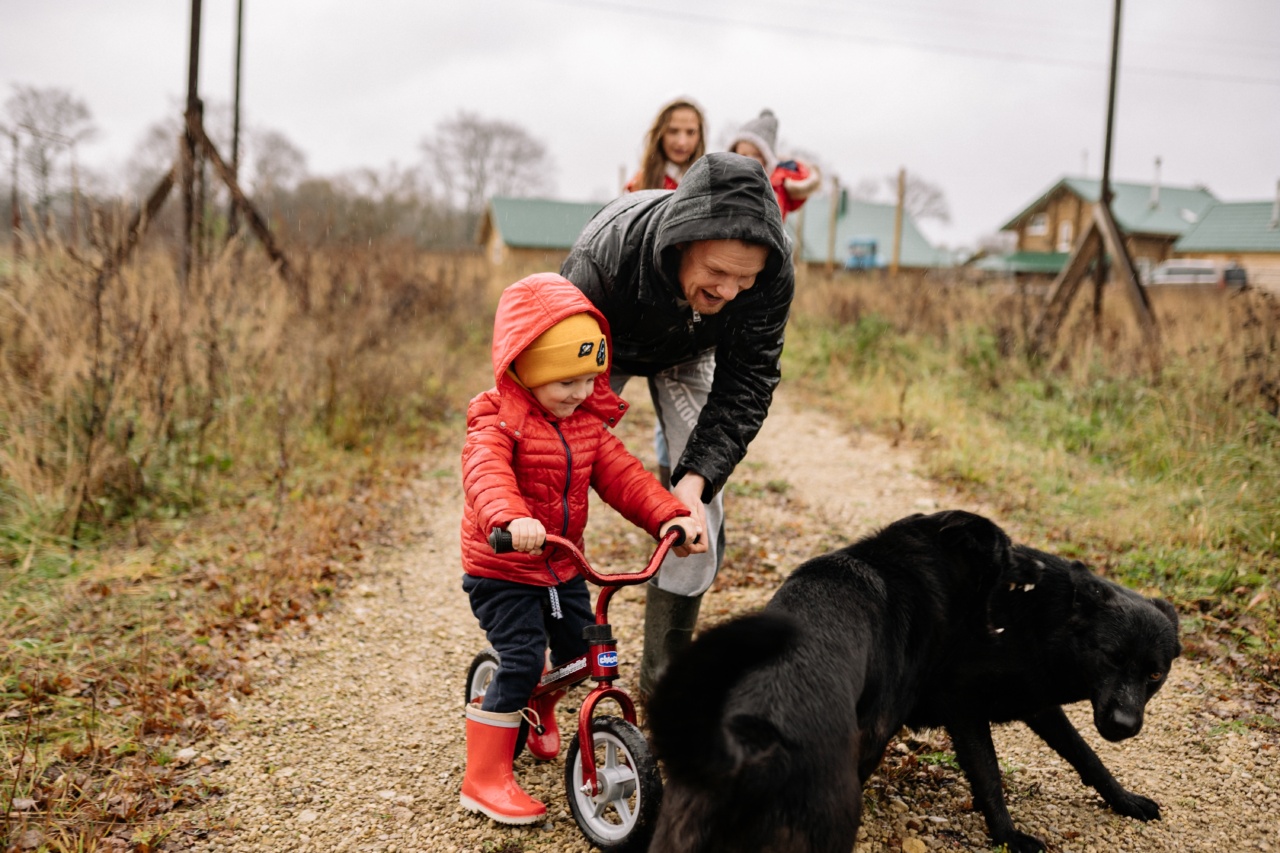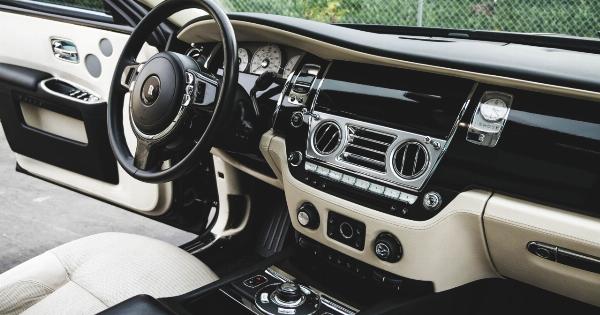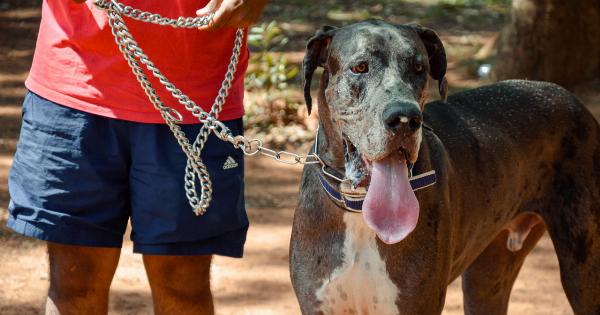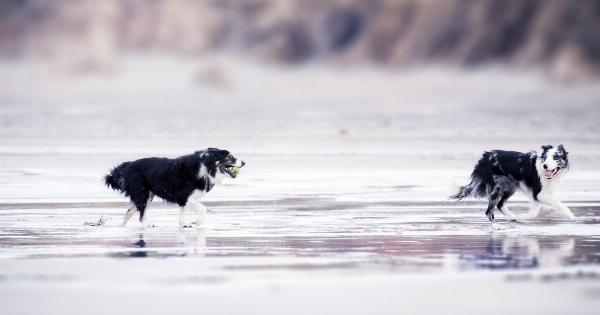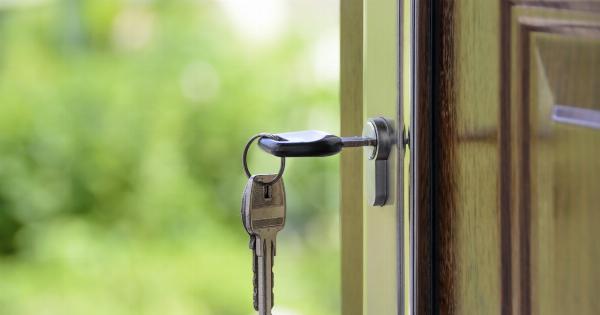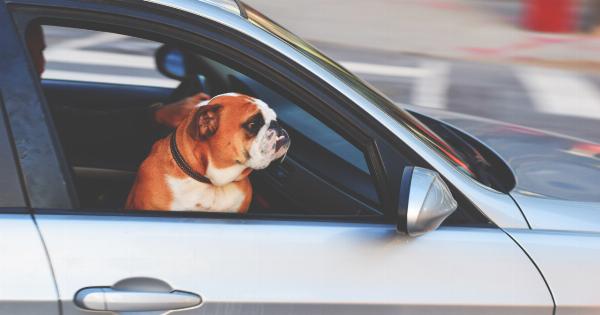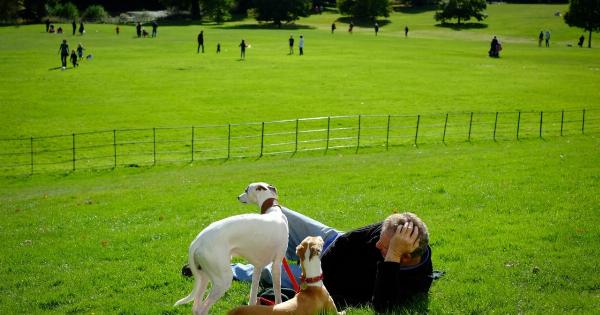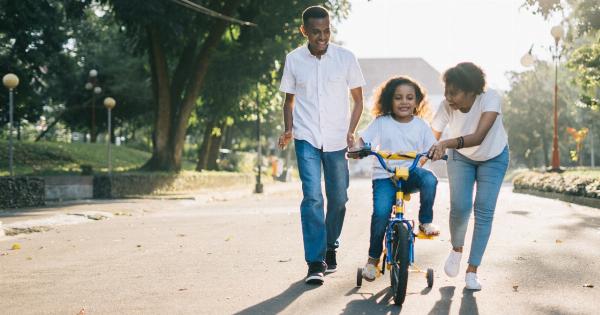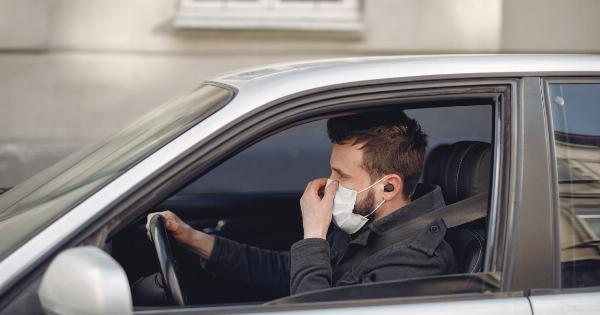While dogs can make for great companions on rides, it’s important to know the potential risks that come with taking your furry friend along. From sudden movements to barking and shifting weight, dogs can easily distract drivers and cause accidents.
This guide will help you recognize and avoid the risks of a dog ride.
Understanding the Risks
While dogs can add excitement and joy to a ride, they can also present several risks. Some of the most common risks include:.
- Distracted driving: Dogs can quickly grab your attention and distract you from the road ahead. This can lead to accidents and injuries to both you and your dog.
- Unstable weight: Dogs who move around in the car can create an unstable weight distribution, which can cause the vehicle to swerve or tip.
- Barking and howling: Dogs who bark and howl during a ride can be distracting and can impact your ability to hear other cars or surroundings.
- Unexpected movements: Dogs can make sudden and unexpected movements in the car, causing drivers to swerve or lose control of the vehicle.
Preparing for the Ride
To avoid these risks and ensure a safe ride, you should take the necessary precautions before leaving home with your dog. Consider these tips:.
- Use a proper dog harness: Instead of allowing your dog to roam freely in the car, invest in a proper harness that will keep them secure and stable during the ride.
- Tire out before the ride: Before leaving for a car ride, make sure your dog has had enough exercise to tire them out. This will reduce the chances of your dog being overly energetic or restless during the ride.
- Limit food and drink: Avoid feeding your dog heavily before the ride, as this can cause additional movement, nausea, and vomiting. Make sure that your dog has access to water during the ride to prevent dehydration.
- Eliminate distractions: Remove any toys or other distractions from the car that may cause your dog to move around or bark. A comfortable and familiar blanket or bed might be a better option.
Tips for Safe Driving with a Dog
While some preparation can help prevent accidents, safe driving techniques are also essential for a successful ride with your dog. Here are some tips:.
- Keep your eyes on the road: Regardless of how your dog behaves during the ride, it’s important to remain focused on the road ahead. If necessary, pull over to make adjustments for a more comfortable ride rather than doing while in motion.
- Allow for ventilation: Keep the car properly ventilated, especially during hot weather. Cracking open a window can prevent your dog from becoming overheated or uncomfortable during the ride.
- Avoid sudden movements: Sudden movements, such as slamming on your brakes or turning too fast, can cause your dog to become unstable, creating an unsafe situation for everyone. Drive smoothly, and take your turns smoothly.
- Provide periodic breaks: If you’re traveling for long distances, plan to stop and let your dog stretch their legs and take a bathroom break. This will help prevent restlessness and discomfort during the ride.
Conclusion
Traveling with your dog can be an enjoyable experience, but it requires proper preparation and driving techniques to ensure a safe ride for both you and your furry friend.
By following the tips outlined in this guide, you’ll recognize and avoid the risks associated with a dog ride, which will give you peace of mind on the road.
